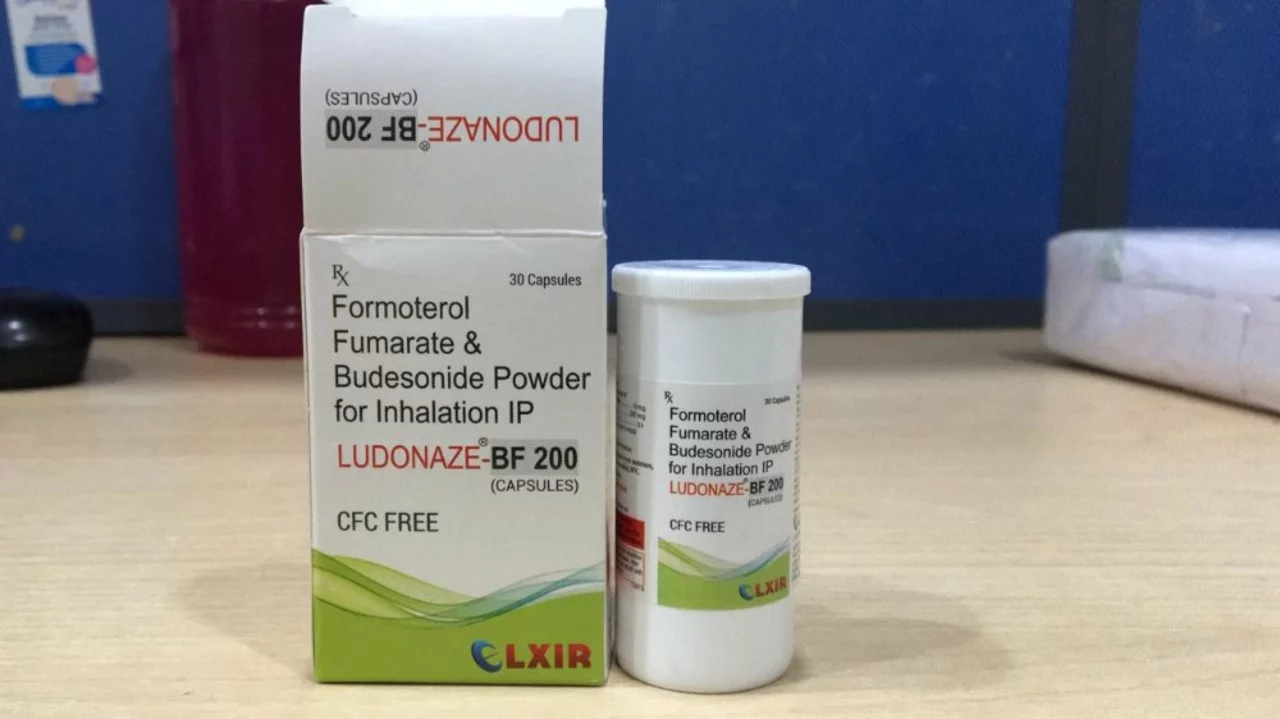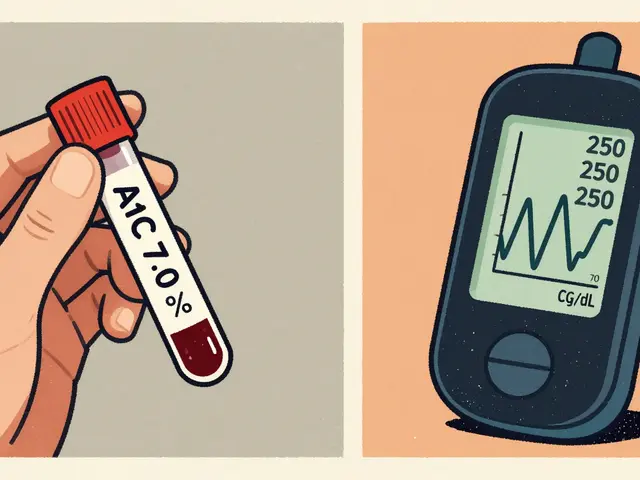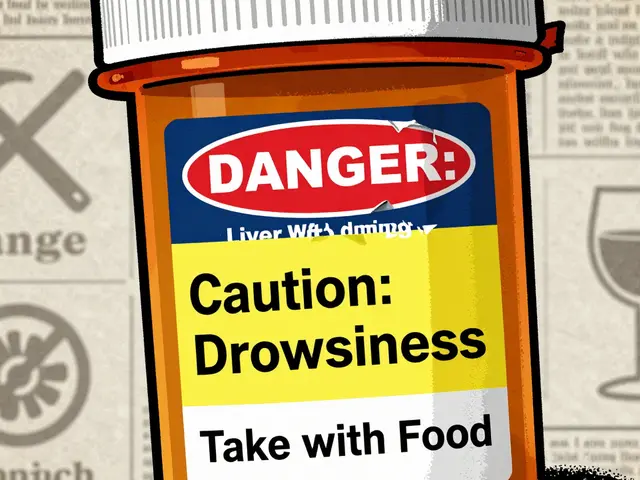Budesonide Formoterol Inhaler — what it does and how to use it
Heard of budesonide formoterol? It’s a combo inhaler that treats inflammation and opens airways at the same time. Budesonide is a steroid that calms airway inflammation. Formoterol is a fast-acting long-acting bronchodilator that helps you breathe within minutes. That combo makes it useful both for daily control and, in some plans, for quick relief during flare-ups.
How it works and when doctors prescribe it
Doctors use this inhaler for asthma and sometimes COPD when you need a steady anti-inflammatory plus reliable bronchodilation. Some treatment plans use a single inhaler for both maintenance and relief — called maintenance-and-reliever therapy (MART). That can cut down on separate rescue inhalers, but you should only do it under a prescriber's guidance.
Common brand names include Symbicort; generic versions exist too. Doses vary by product and region, so follow the exact dose on your prescription.
How to use it the right way
Want the medicine to work? Technique matters. Shake the inhaler, breathe out fully, close your lips around the mouthpiece, press and inhale slowly and deeply, then hold your breath for 5–10 seconds if you can. If you need a second puff, wait about 30–60 seconds. Rinse your mouth and spit after use to lower the risk of thrush (oral yeast infection).
If you use it as a rescue sometimes, follow the plan your doctor gave. Don’t decide on your own to double doses without asking — that can raise side-effect risks.
Storage is simple: keep it at room temperature, away from heat and direct sunlight, and always replace the cap. Check the dose counter if your inhaler has one — never guess how many puffs are left.
Common side effects are throat irritation, hoarseness, cough, mild tremor, and fast heartbeat. Thrush shows as white patches in the mouth — rinsing helps prevent it. If you get severe chest pain, fast irregular heartbeat, severe allergic reaction, or worsening breathing, stop and get medical help right away.
Tell your doctor about other medicines you take. Some drugs can interact with formoterol or affect steroids. Also mention heart conditions, high blood pressure, diabetes, or osteoporosis — these can change how your doctor manages your inhaler.
Practical tips: carry a rescue inhaler if your plan requires it, keep a spacer if your doctor recommends one, and learn to track symptoms so you know if your treatment is working. Ask for a quick technique check at each visit — even small mistakes cut effectiveness.
If you’re unsure whether this inhaler suits you, talk to your healthcare provider. It’s a powerful, convenient option for many people — when used correctly and with the right medical plan behind it.

Traveling with my budesonide formoterol inhaler is easy and stress-free when I follow these simple tips. First, I always keep it in my carry-on bag to ensure it's readily accessible during my journey. Second, I carry a copy of my prescription and a doctor's note to avoid any issues at security checkpoints. Third, I make sure to pack enough medication to last the entire trip, plus some extra in case of delays. Lastly, I stay mindful of my asthma triggers and take necessary precautions to prevent flare-ups while exploring new destinations.
Continue Reading





